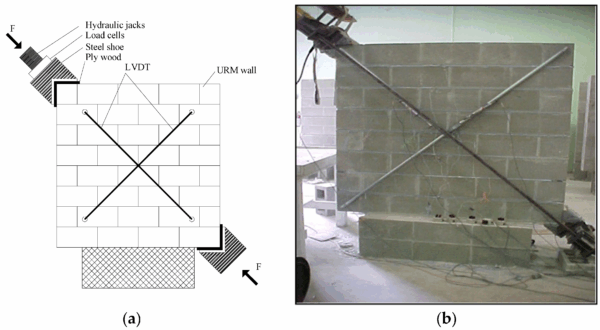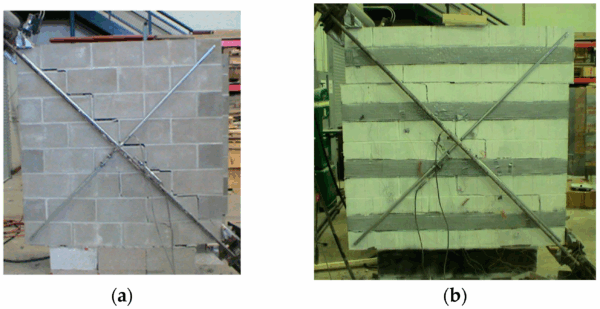Polyurea and GFRP: Making Older Buildings Earthquake Resistant

Researchers are investigating how polymers can play a part in reinforcing older masonry buildings, making them more resistant to earthquakes.
Unreinforced masonry (URM) buildings are particularly vulnerable to seismic activity. Older buildings, constructed before modern seismic design standards, are even more prone to such damage. Sprayed polyurea has recently garnered attention as a reinforcement mechanism. Polyurea cures rapidly and demonstrates good mechanical properties for this application, such as high hardness and flexibility. Pairing polyurea with fiber-reinforced polymer strips can further strengthen URM walls.
You can also read: Polypropylene Waste for Binder Use in Building Materials.
A Grid-and-Coating System for Reinforcement
A novel retrofitting approach integrates a glass fiber-reinforced polymer (GFRP) grid bonded to wall surfaces using sprayed polyurea. This composite system redistributes loads across the wall, reducing stress concentrations that typically lead to cracking or shear failure. The GFRP grid also helps prevent telescopic or progressive failures within the masonry matrix.
Researchers tested the system on both brick and concrete walls, varying the grid orientation and placement:
Horizontal vs. vertical alignment of the GFRP strips
Single-sided (applied on one wall face) vs. double-sided (applied on both faces) configurations
Strain gauges attached to the GFRP strips measured deformation at several points, providing data on load distribution and performance.

During the experiment, hydraulic jacks exerted a diagonal force onto the wall until mechanical failure. Courtesy of In-Plane Strengthening of Unreinforced Masonry Walls with Discrete Glass Fiber-Reinforced Polymer Grid Strips Bonded with Sprayed Polyurea.
Simulating Seismic Activity
Researchers affixed hydraulic jacks diagonally across the sample walls. These jacks applied a continuous load up to 50% of the expected maximum force. Upon reaching 50%, they increased the load by 10-20% until mechanical failure, indicating the experimental maximum force.

Wall failure modes included shear friction, shear friction and shear slide, shear friction and diagonal tension, and diagonal compression. Courtesy of In-Plane Strengthening of Unreinforced Masonry Walls with Discrete Glass Fiber-Reinforced Polymer Grid Strips Bonded with Sprayed Polyurea.
During testing, the polyurea strips remained bonded to the walls. This implies that this system may not require supplementary anchorage at the ends of the strips. The recorded strains showed a significant asymmetry in strain on either side of the wall for the double-sided configurations. This could be the result of material properties, bonding quality, or stress distribution during loading. Incorporating a reduction factor to account for this asymmetry could lead to more accurate predictions of wall performance.
In strengthening masonry against earthquakes, one of the key parameters to optimize is pseudo-ductility. This study found that vertical strip configurations achieved consistently higher pseudo-ductility than horizonal configurations. Vertical strips effectively delayed wall failure, showing a notably improved shear capacity.
This study specifically used diagonal force to test wall strength. Future research avenues may expand upon this to assess strip configurations under other loading conditions. This research shows an approach to overcoming design challenges for structural engineers for seismic retrofitting. With more effective strengthening methods, engineers can more effectively prevent damage to existing structures during earthquakes.
